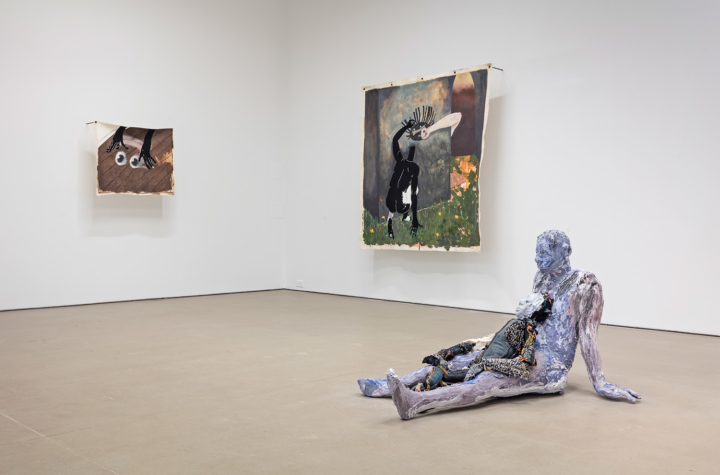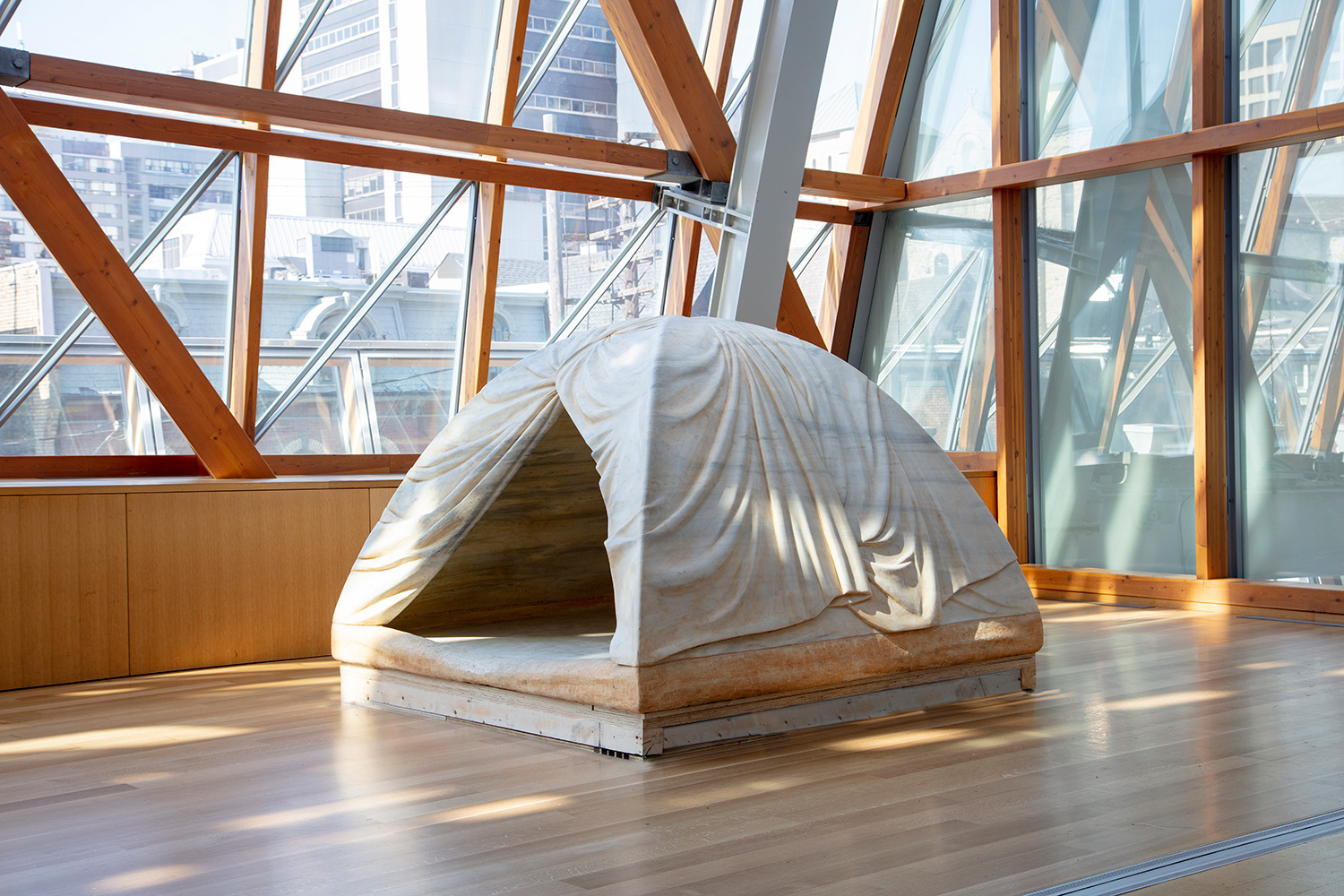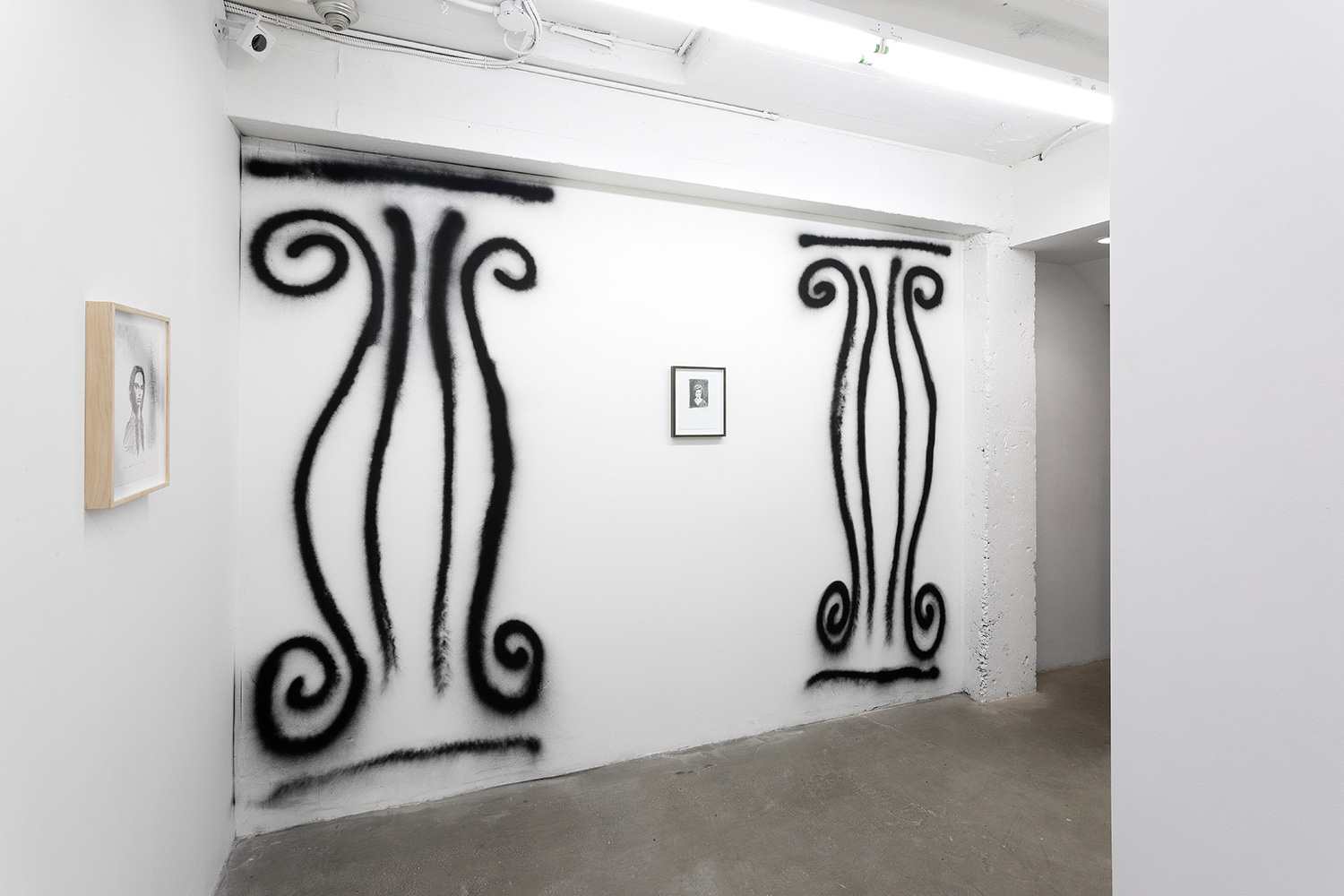RAGGA NYC is a cross-disciplinary collective of Queer Caribbean artists and their allies. This growing network recently staged an eponymous exhibition in Toronto, their first project outside of New York City. For generations, art in Toronto has been primarily shaped by artist-initiated activities, making artist-run centers the go-to platforms for practices that don’t fit neatly within the commercial gallery or museum systems.
The show was hosted by Mercer Union, a forty-year-old artist-run space that had early support from funding bodies. As a self-organizing collective operating outside of state support, RAGGA NYC’s programming resonates with a new generation of similarly independent artist initiatives in Toronto. The exhibition features the work of Tau Lewis alongside six other Toronto-based artists who join the collective for the first time: Michèle Pearson Clarke, Oreka James, Aaron Jones, Camille Turner, and Syrus Marcus Ware; as well as Sondra Perry and Diamond Stingily.
Framing the entrance of the exhibition are individual works by Perry and Stingily. Perry’s framed photo Acrylic Gel Full Set and Post Holy Land Experience Target Photo Shoot Print (2016) shows a group of women assembled for what appears to be a family portrait. A central matriarchal figure looks out toward the viewer while the other subjects look into their phones, posing for selfies. Perry’s humor offers insight into the contemporary status of portraiture, while the artist’s placement of hands at the edge of the print underscores the persistent tactility of imagemaking. In Stingily’s Kaa (2015), synthetic tresses cascade down the wall and across the floor. Hair is fragile yet resilient — two qualities intrinsic to collective practice and the reproductive labor necessary to maintain it. Both works are exercises in intimacy, apt gestures of the kinship RAGGA fosters.

In the back room of the gallery, which also includes works by Martine Gutierrez and RAGGA founder Christopher Udemezue, Sweet Country (2018) by Aaron Jones unfolds as a complex composition. A series of collages deconstructing representations of black bodies clipped from art history textbooks, issues of National Geographic, and pop-culture magazines hang directly before a print of a pastoral landscape left rough at the edges and adhered directly to the wall. Suspended from wire, recto and verso are alternatively revealed as the collages slowly revolve — an image arrives, an image eludes, and history turns.



